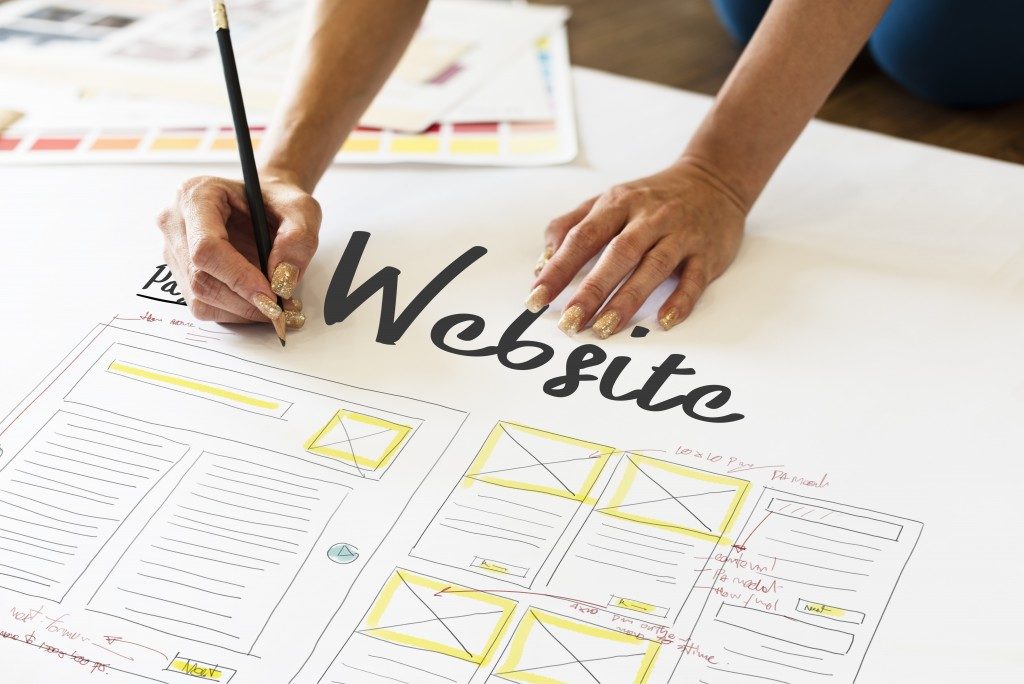Website user experience can make or break brand perception; if a visitor has a difficult time browsing your pages, this may leave a lasting negative impression. They may not want to visit again after looking through your site. To avoid this problem, you need to improve your site’s usability.
Experts on SEO services from Adelaide cite the following ways to achieve better user experience.
Leverage the Familiar
Some people have a preference for the familiar; they want to browse a website they know. Sites about a certain topic follow a template. These websites have a particular appearance, call-to-action and even content types that many people consume.
Despite relative similarities, brands find a way to differentiate and make their own mark in their chosen niche. You do not have to reinvent the wheel or be completely original. The tried and tested formula will still get the results you want.
Advantages of White Space
White or negative space is a design technique that highlights certain parts of a page and allows it to breathe. Too much information can overwhelm and confuse visitors when they browse your site. The space you put between articles, images and videos creates a better user experience.
This approach enables a visitor to digest the pieces on a page at their own pace. It also allows you to direct them towards an action you want them to take.
Make Hyperlinks Noticeable

Whenever you include a link to a different page within your site, you are implicitly asking a reader to click on it for more information. You want them to identify these while browsing the page. Use visual cues such as bold, italics or different coloured font.
A study has revealed that web users always think that underlined text in blue directs them to a relevant page about a topic they want to learn more about.
Segment Important Information
Users want structure when they browse a page and consume its content. A block of text or a bunch of videos on a page will only look like clutter. This confusing setup will make it difficult for visitors to find what they need.
The ideal approach is to segment essential details by using bullet points or subheadings. This allows visitors to skip sections that are irrelevant to them and create a natural flow of ideas around a topic.
Determine the 404s
When a user lands on an error or 404 page, they are likely to leave and never return. Look for these pages and either remove them or revive them using updated content. Review your website and make the necessary changes to boost user experience and improve your page ranking.
Better Call-to-Action
You want visitors to convert whenever they browse your pages. This is when the call-to-action becomes important. It has to be visible; use buttons or text with a different colour and image compared to the rest of the content.
It has to be straight to the point such as “buy now,” “sign-up today” and similar pitches. Make it attention-grabbing to elicit the response you prefer.
These techniques boost the experience of users when they browse your pages. Implement these to improve your branding and convert visitors at a higher rate.
